The astronauts of the Crew-8 mission have returned to Earth. During their stay on the International Space Station, they conducted many scientific experiments. Here are some of the best photos that tell you what they’ve engaged in.
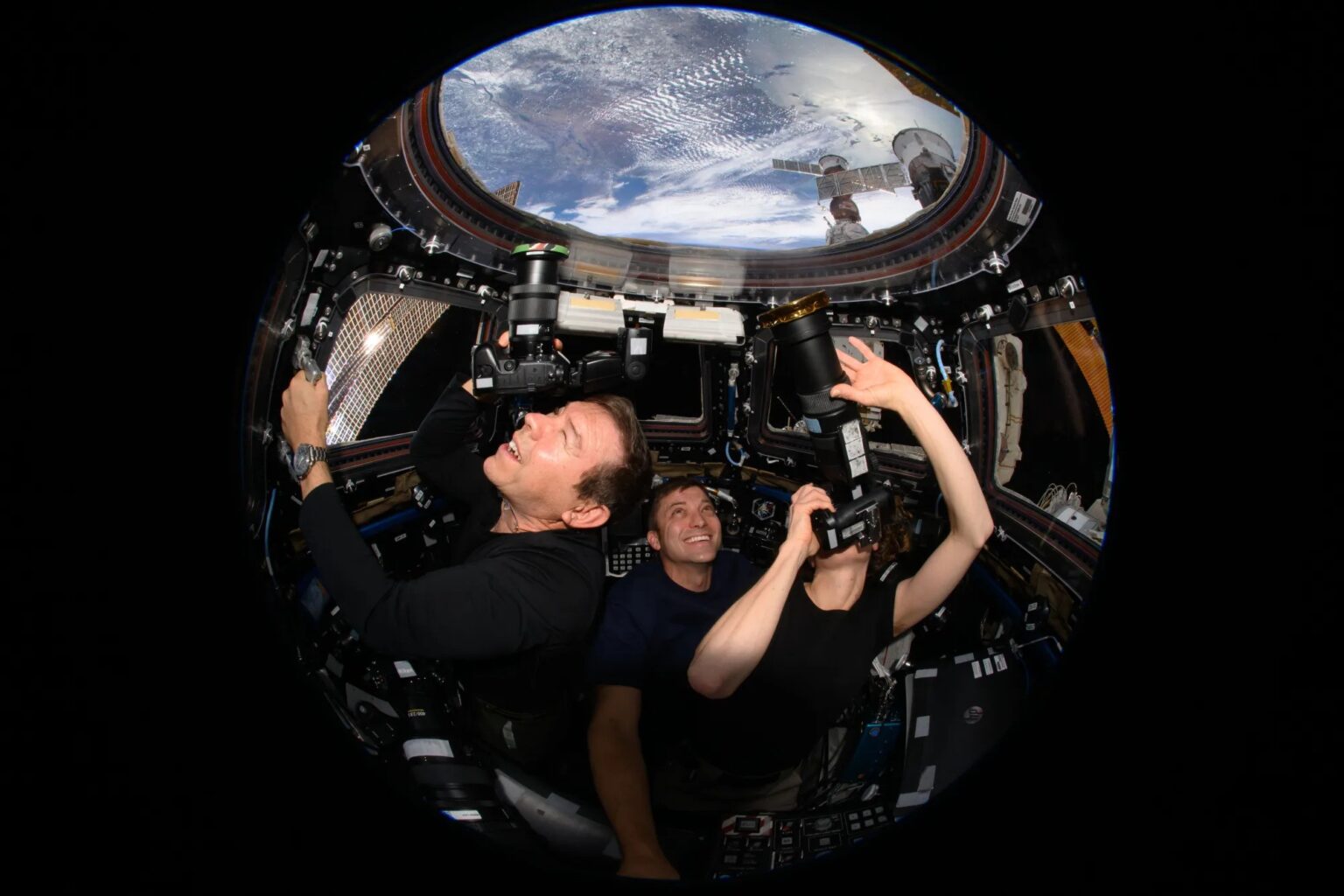
Crew-8 mission
Recently launched (on March 3) SpaceX Dragon spacecraft returned to Earth. All this time three astronauts were on board the International Space Station and engaged in scientific experiments.
Of course, the best way to read about what happened during them and what all this means for our knowledge of the space is in articles. Scientists formulate their most important conclusions in them. First of all, we suggest you look at a photo of what it looked like.
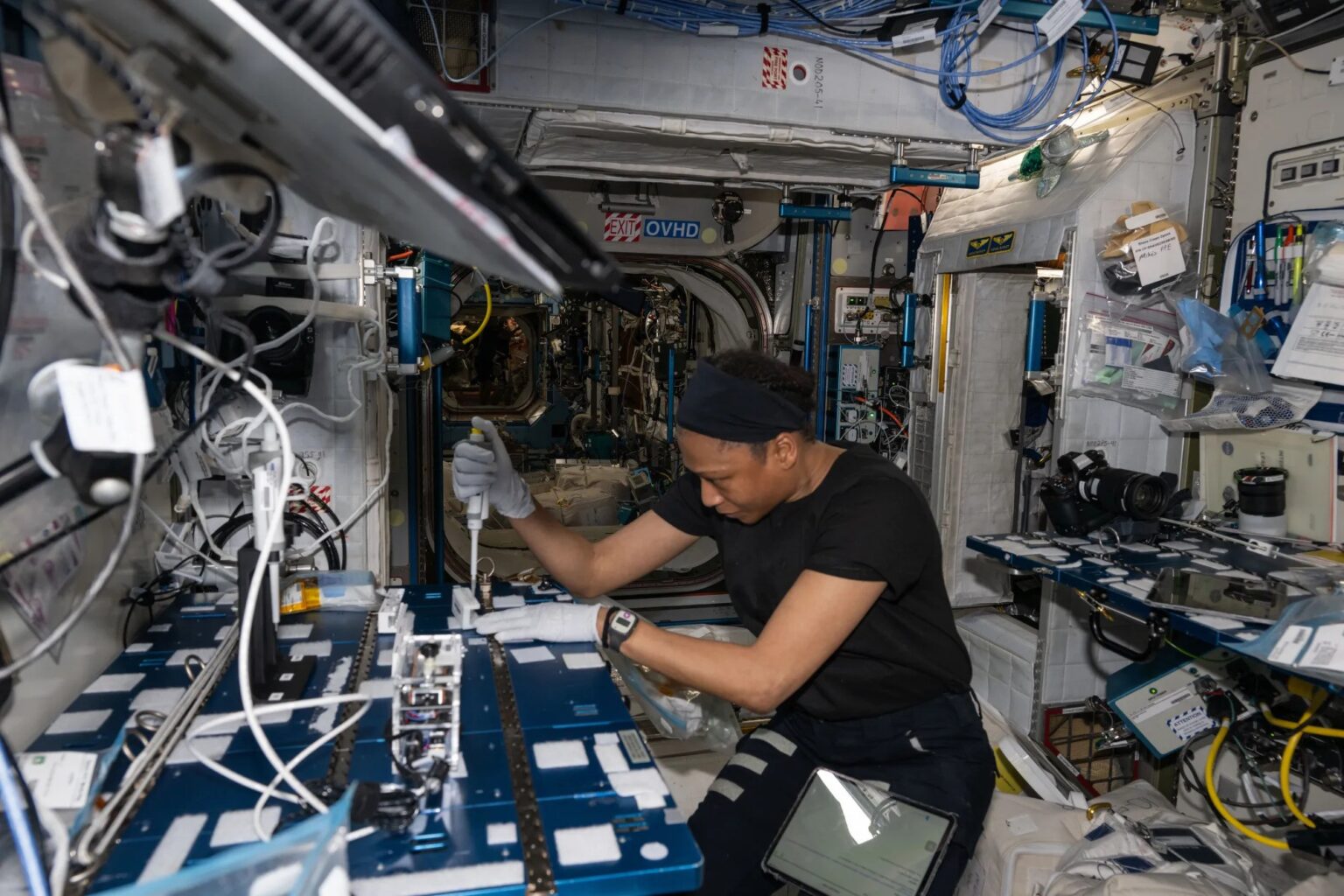
In the first photo (above), we can see NASA astronaut Jeanette Epps extracting DNA from microorganisms for an experiment to determine their resistance to antibiotics. This experiment was to assess the risks that a certain disease-causing bacterium might survive all the attempts by scientists to get rid of it.
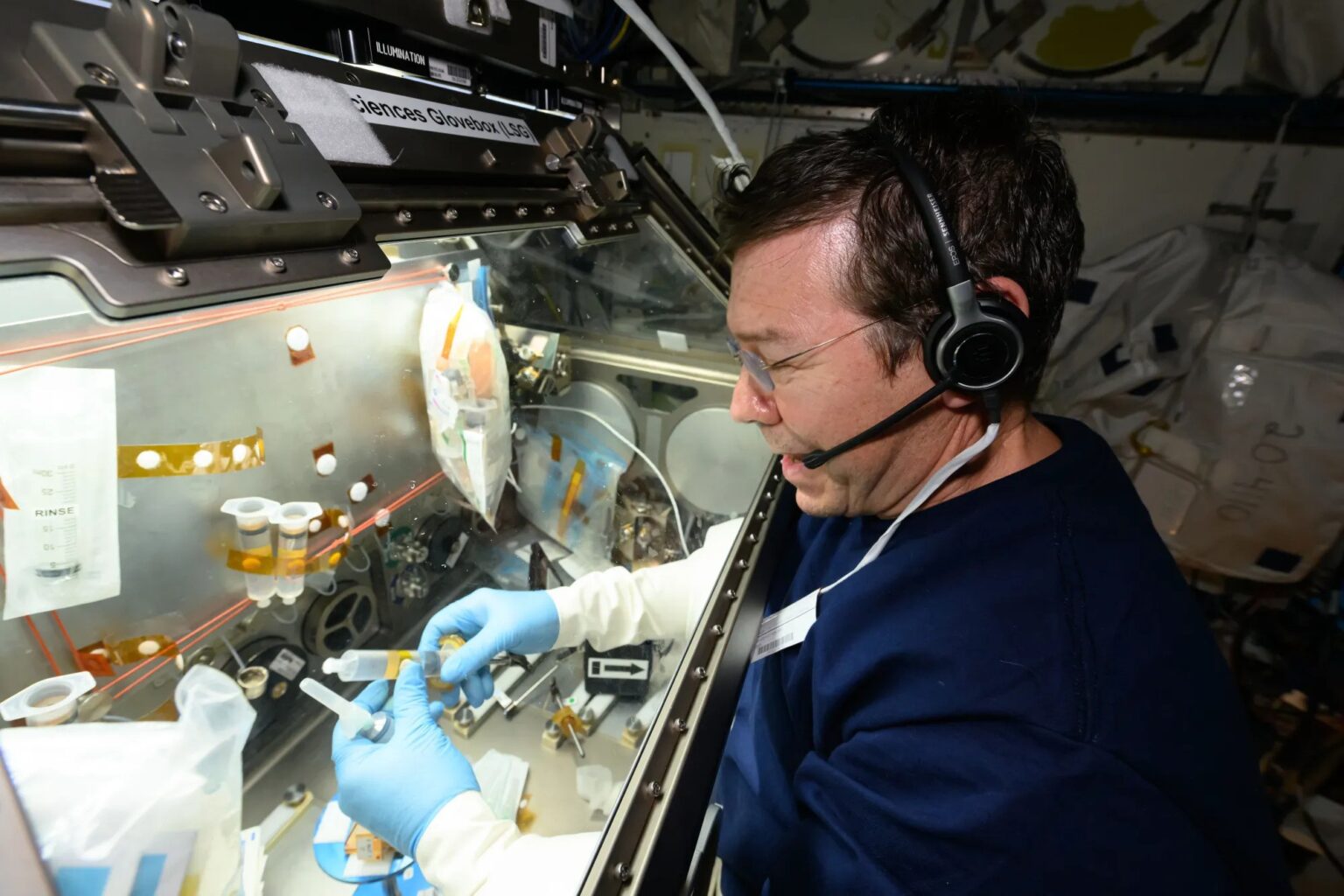
In the second photo, astronaut Michael Barratt processes human brain tissue samples. In this experiment, organoids —aggregates of cells that can perform certain functions — were used to study the inflammation processes that accompany, for example, Parkinson’s disease.
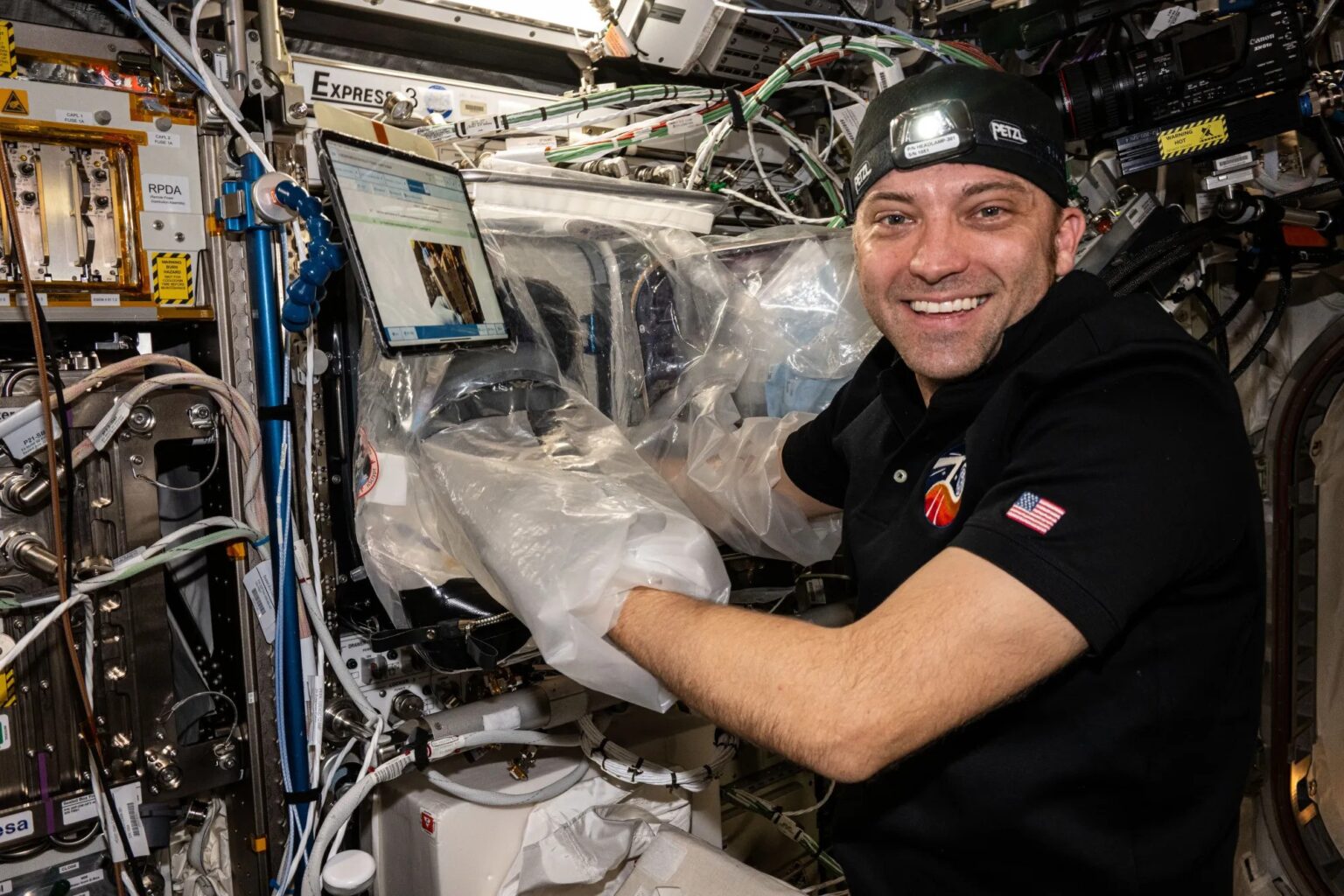
NASA astronaut Matthew Dominick processes heart tissue samples that turned out to be stronger than those obtained on Earth for the Redwire Cardiac Bioprinting Investigation. The results could facilitate the production of organs and tissues for transplantation and improve 3D printing of food and drugs in future long-term space missions.
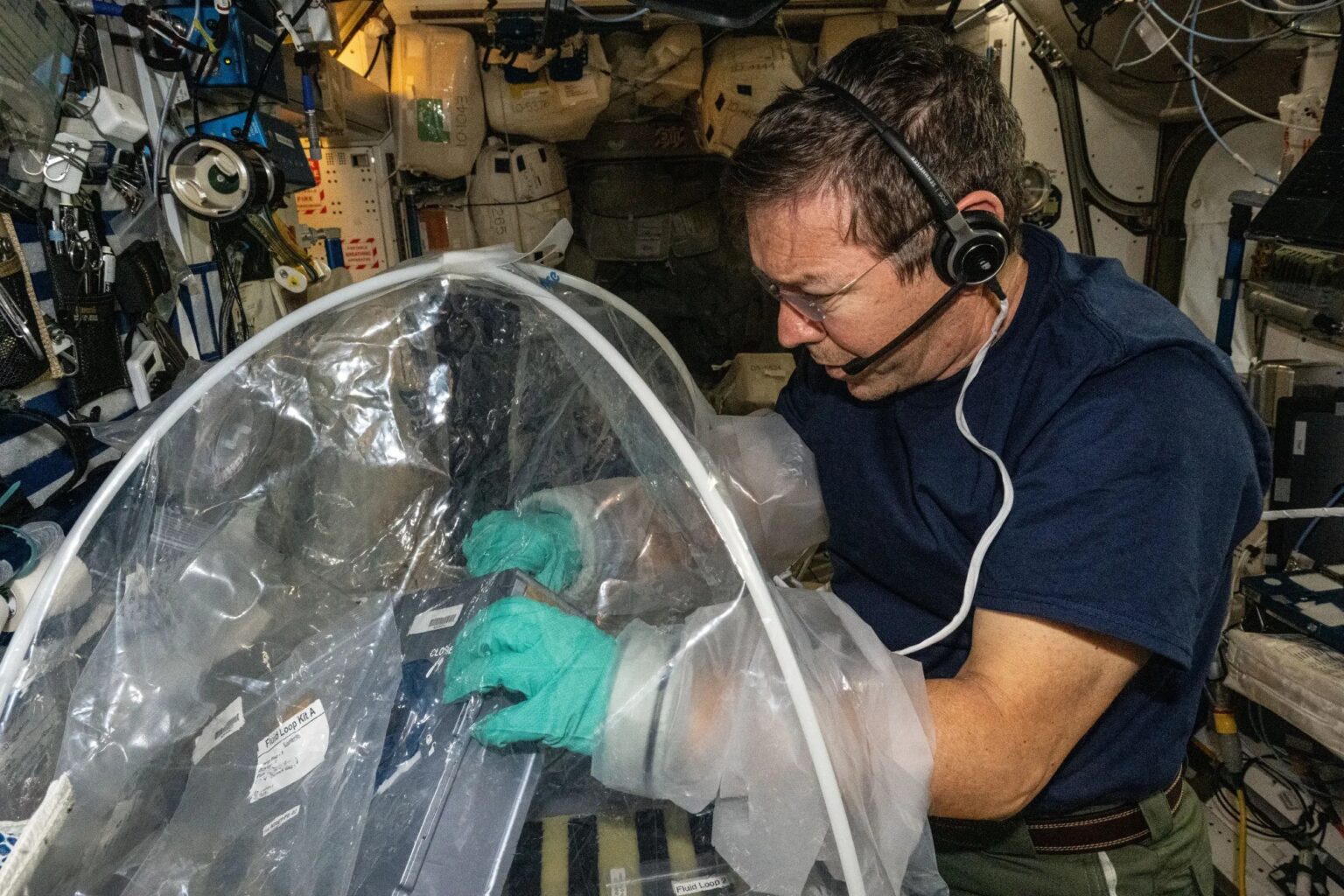
NASA astronaut Michael Barratt works in the Pharmaceutical In-space Laboratory — 02, which uses the station’s Advanced Space Experiment Processor to study how microgravity affects the production of different types of protein crystals. Scientists expect to improve the quality of medication by doing so.
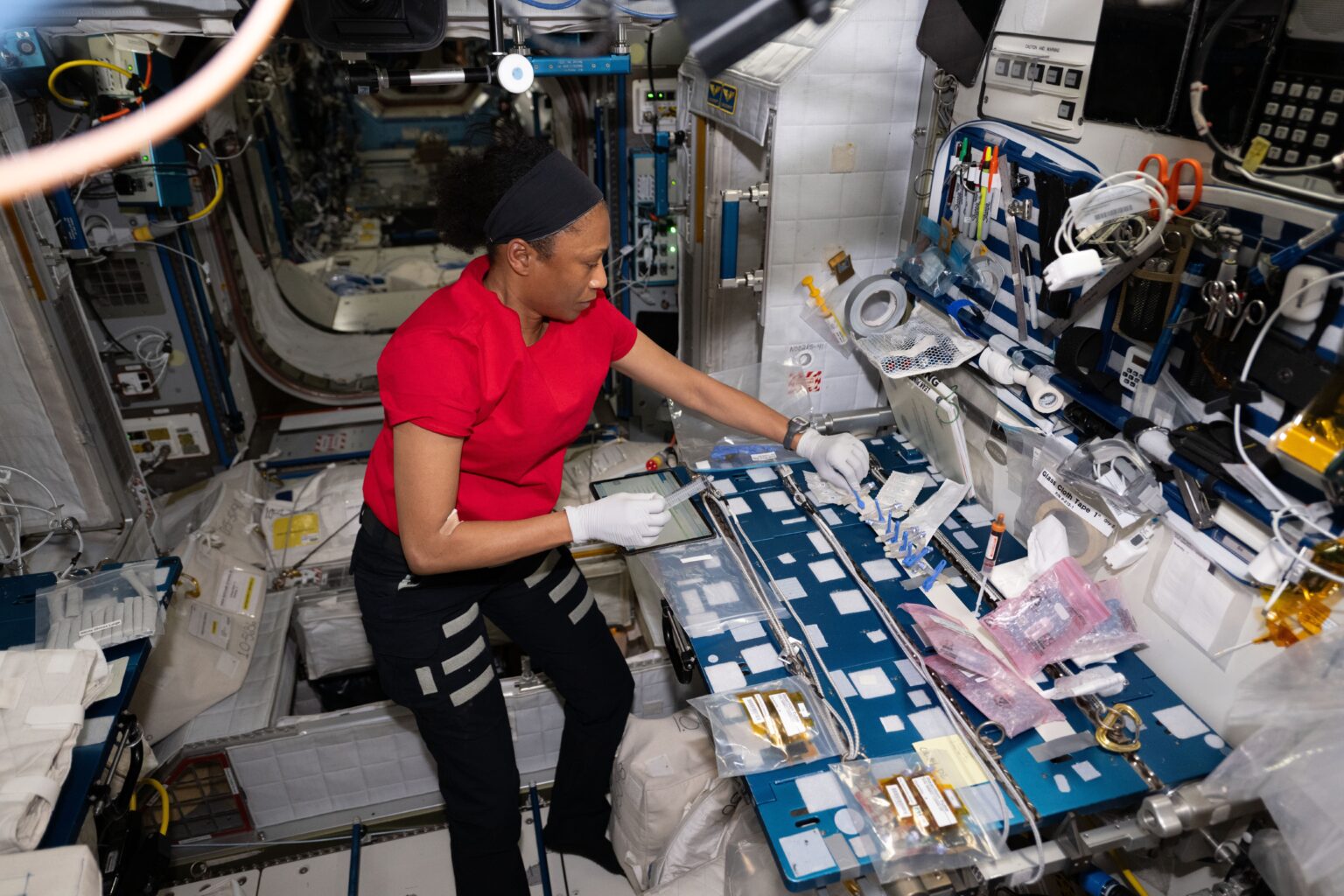
NASA astronaut Jeanette Epps prepares samples for Immunity Analysis, a study of how spaceflight impacts immune function. Previously, an astronaut’s immune function could be tested before and after flight, but a newly developed analysis allows testing during flight. This capability provides a more accurate assessment of the immune changes occurring in the space.
Not only medicine
However, the astronauts did more than just biological experiments on the past mission. In the next photo, NASA astronaut Jeanette Epps works on Materials Science Lab Batch 3a, designed to study the solidification of metal alloys in space. The knowledge gained can help improve the solidification processes of alloys on Earth.
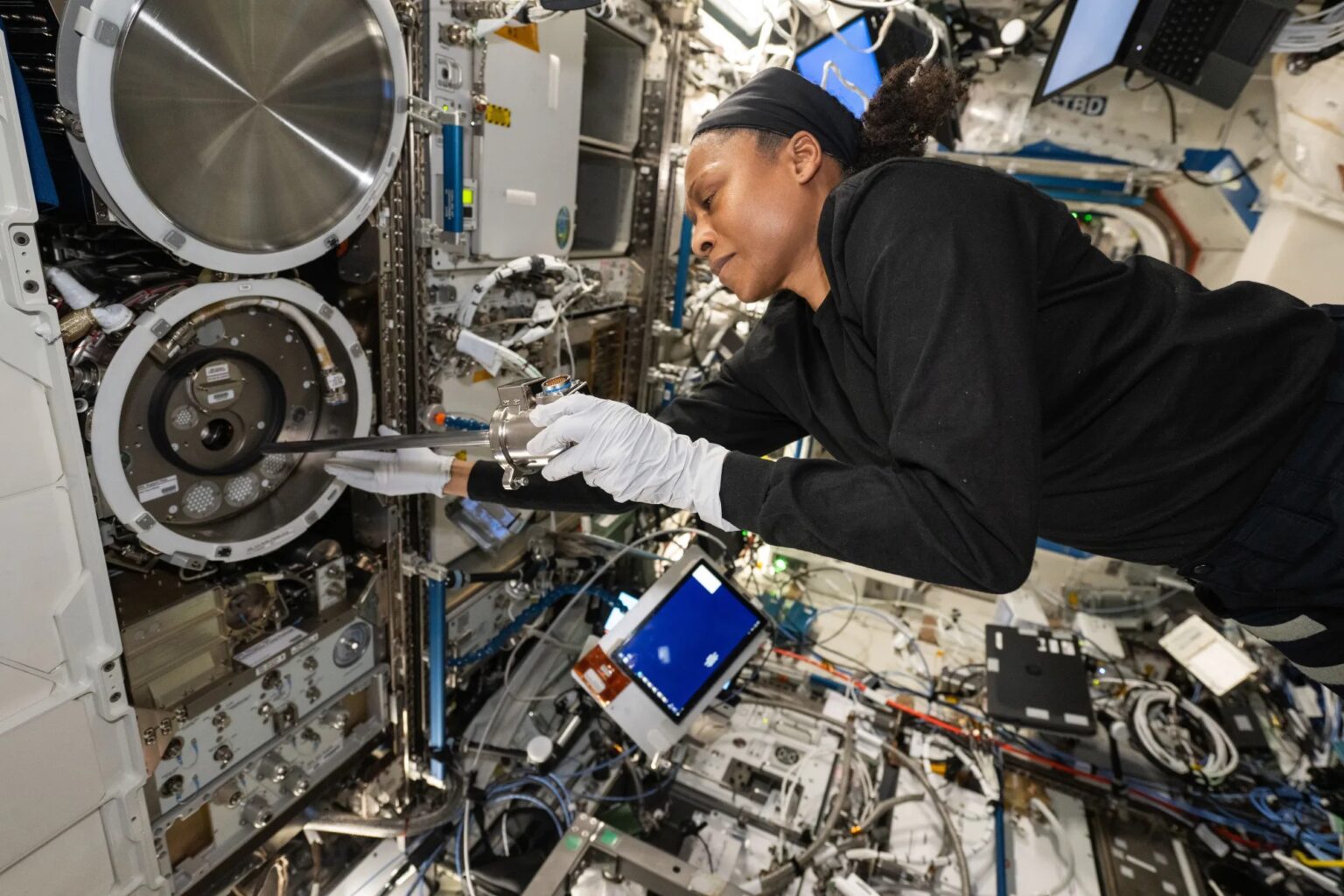
A study of the Growth and Extinction Limit determines how fuel temperature impacts the flammability of the material. This image shows the surface of the fuel during combustion (black part of the sphere) and the distance covered by the flame (blue). The results may improve researchers’ understanding of fire growth and develop optimal fire extinction techniques to protect crews on future missions.
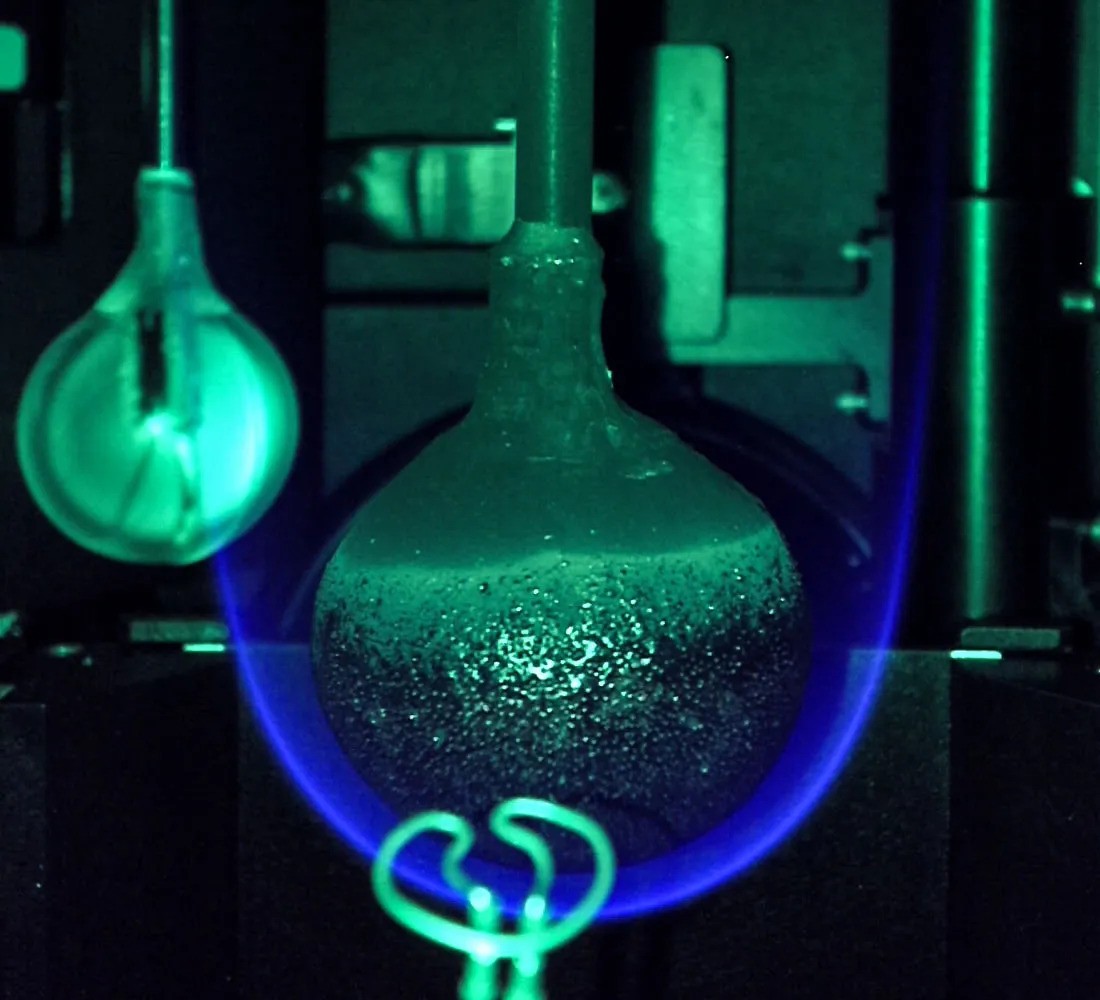
NASA astronaut Jeanette Epps completes an amateur radio session on the ISS with students in Italy. The program connects students and enthusiasts with astronauts in space via amateur radio.
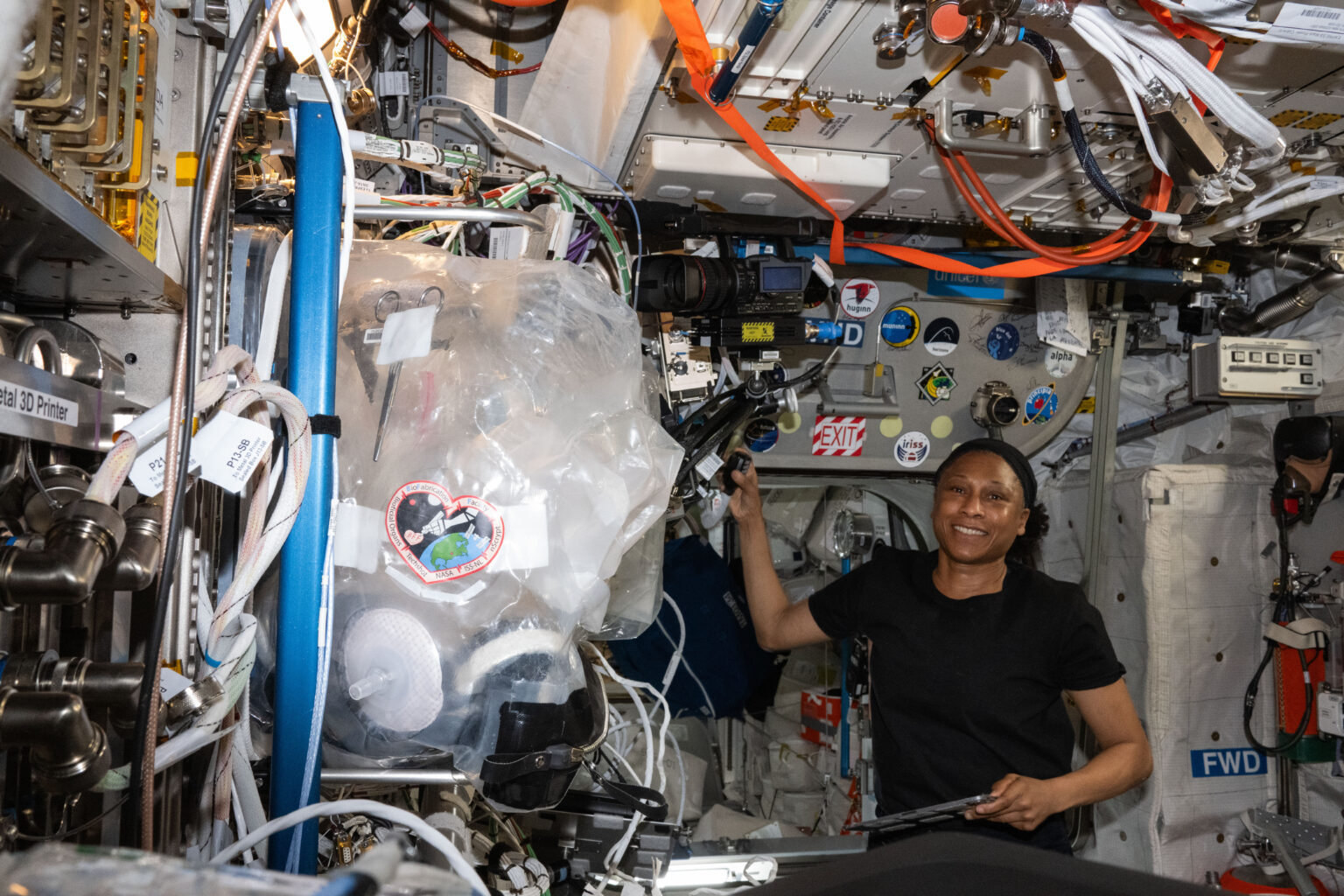
NASA astronaut Michael Barratt works with an Astrobee robot named Bumble while working on the Astrobee-Zero Robotics project. The code to control it was written by students during a contest.
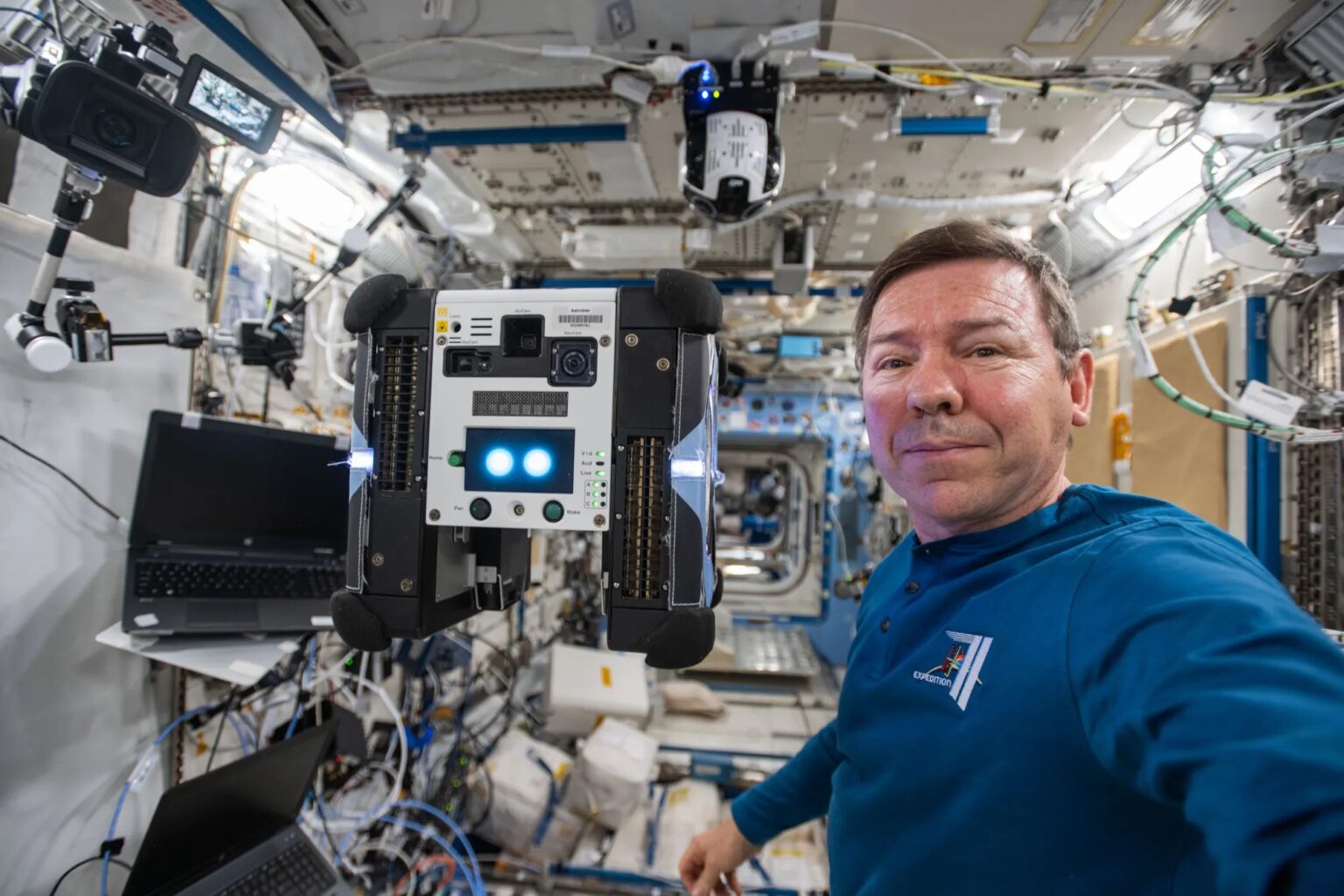
NASA astronaut Matthew Dominick performs maintenance on a device to measure linear mass acceleration. It is used to support many NASA and ESA (European Space Agency) studies on the impact of spaceflight on the body.
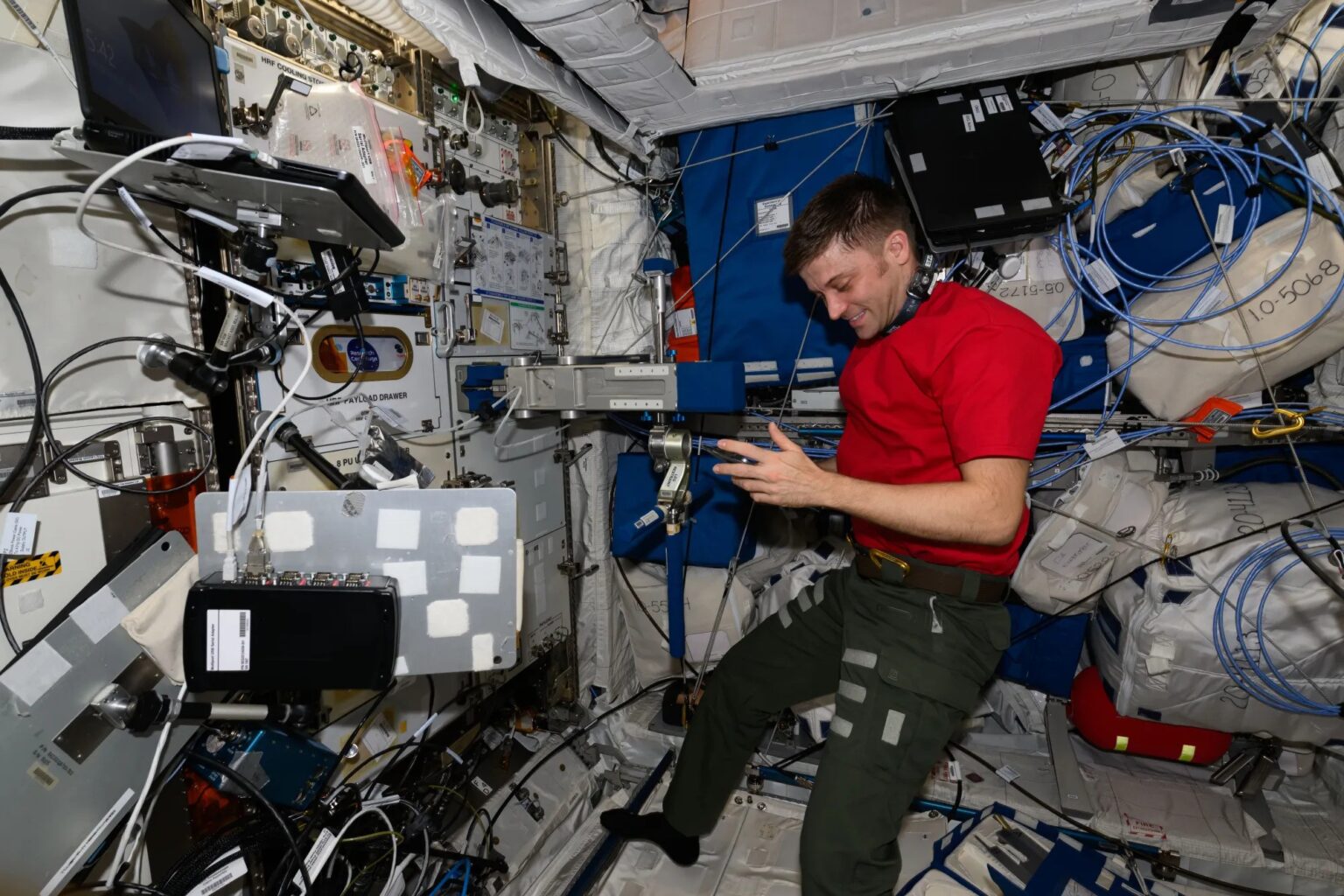
NASA astronaut Mike Barratt prepares for the Nanoracks Cubesat Deployer Mission 27 on April 16. The mission deployed seven research satellites: reflectometers to measure sea ice, tests of telemetry instruments and solar arrays, a hyperspectral thermal imager, a gamma-ray burst detector, new remote sensing technology and magnetic field measurements.
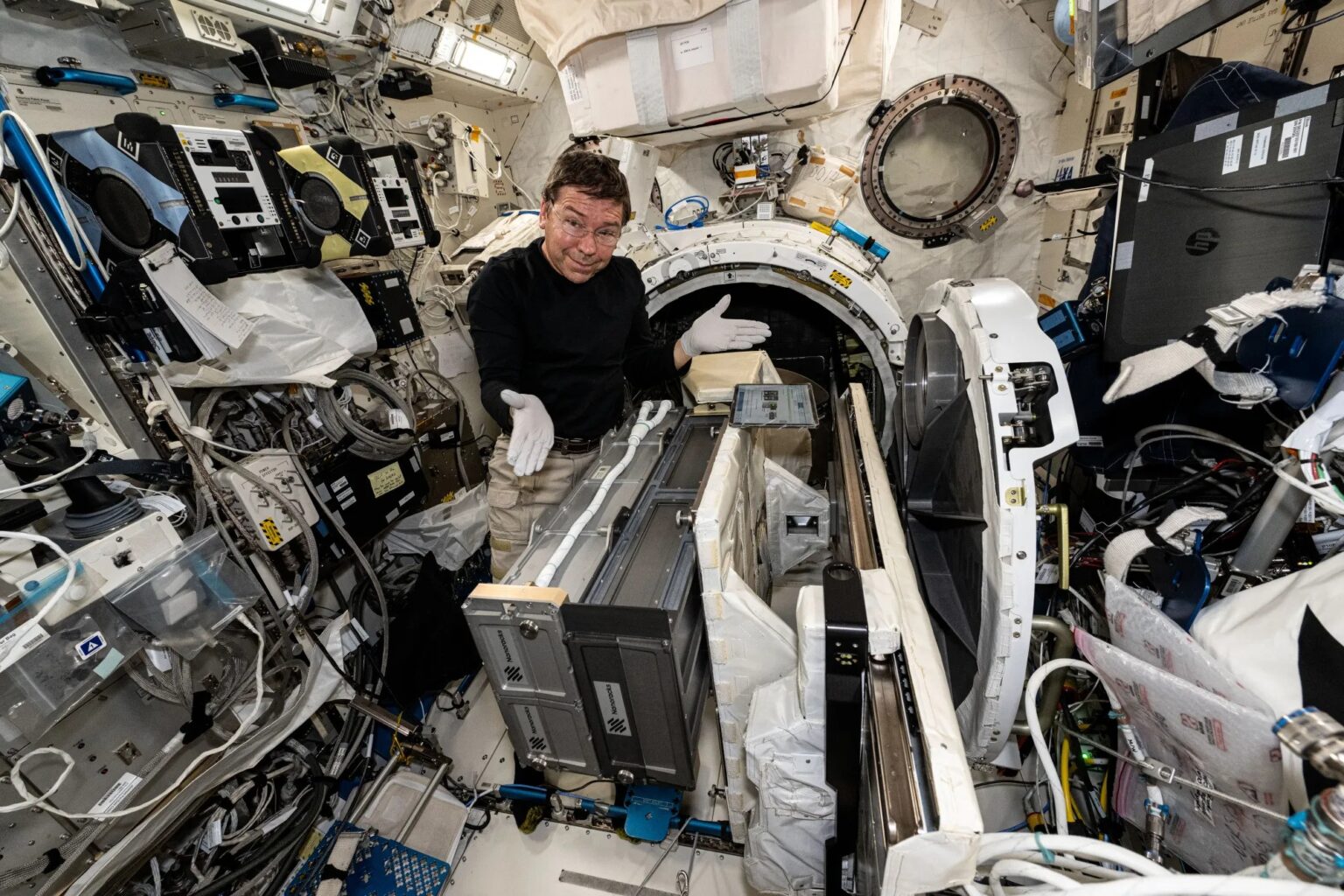
NASA astronaut Jeanette Epps remotely controls a robot on the ground for the Surface Avatar program. The study tests the ergonomics of the system, operator response to feedback, and potential problems of actual remote control. This operation is an important opportunity for future exploration missions to the Moon and Mars.
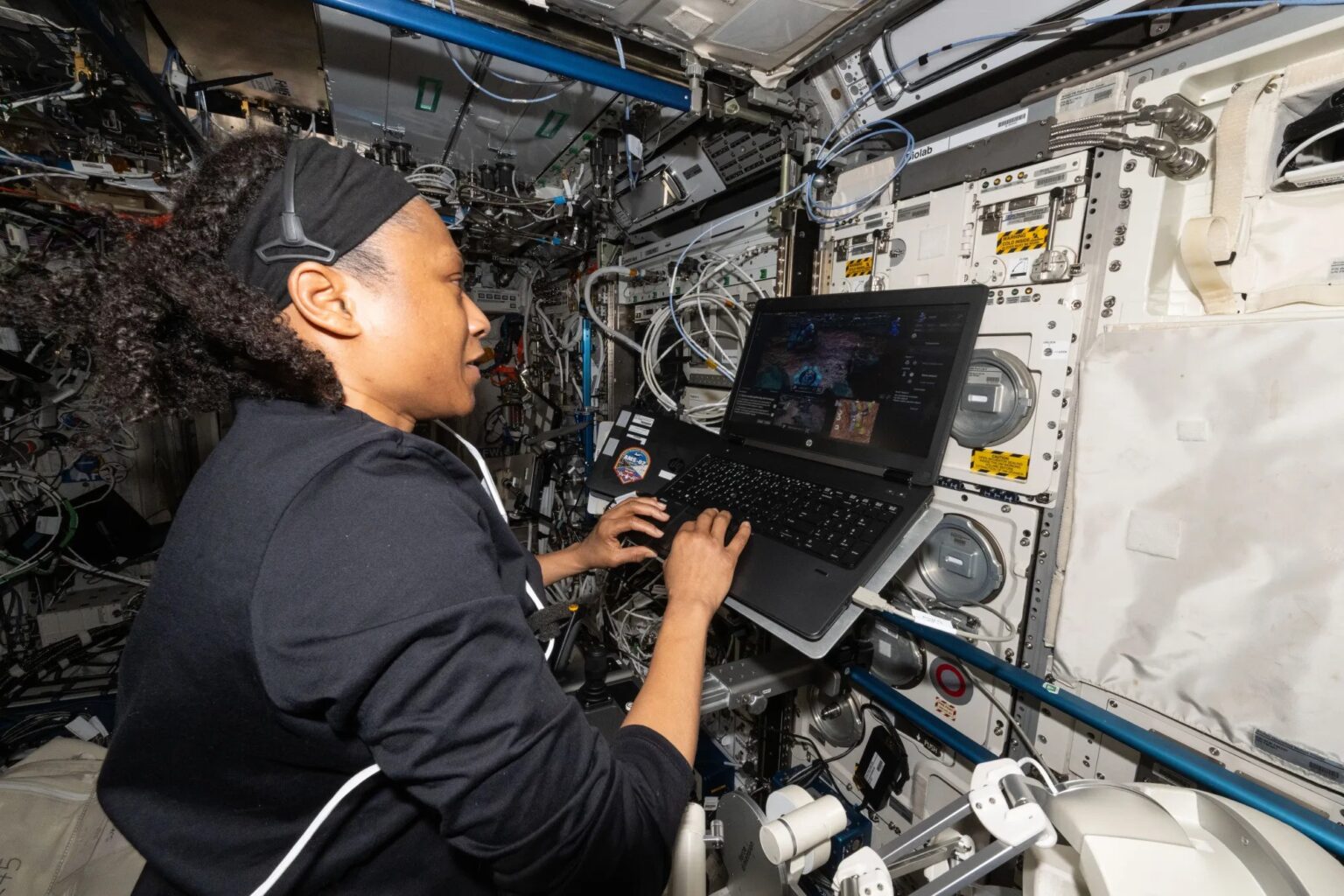
According to www.nasa.gov


